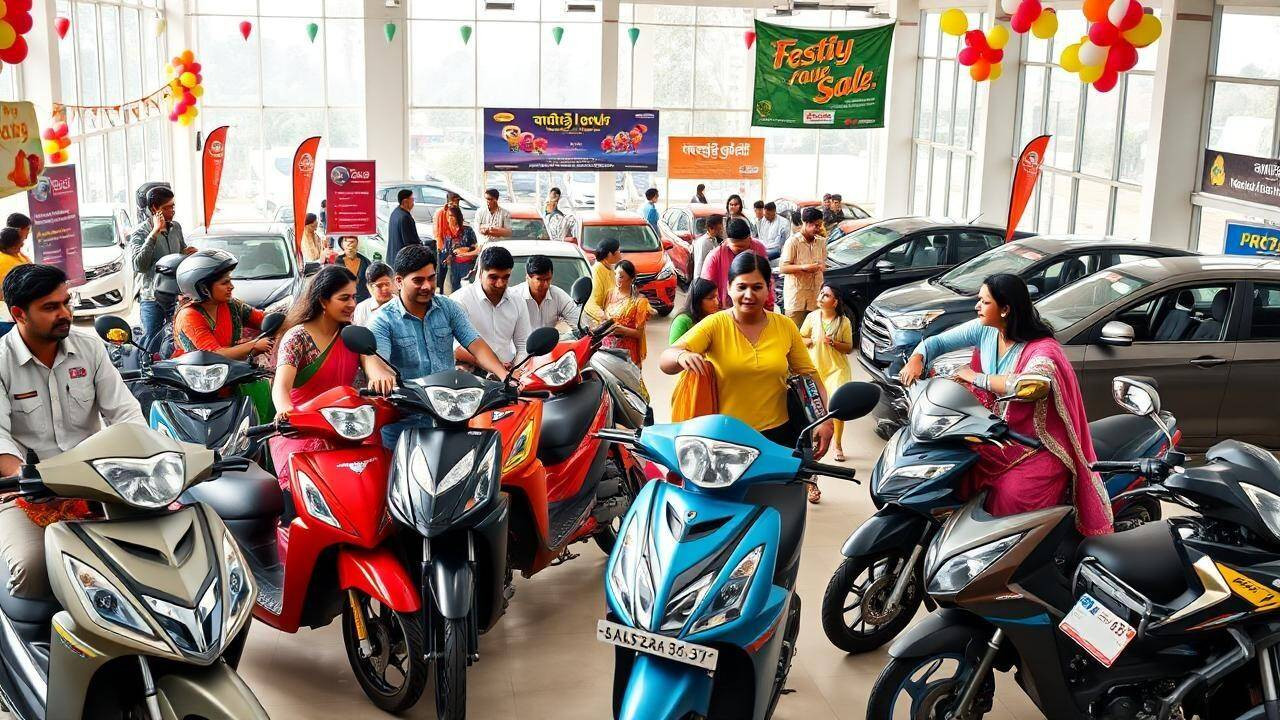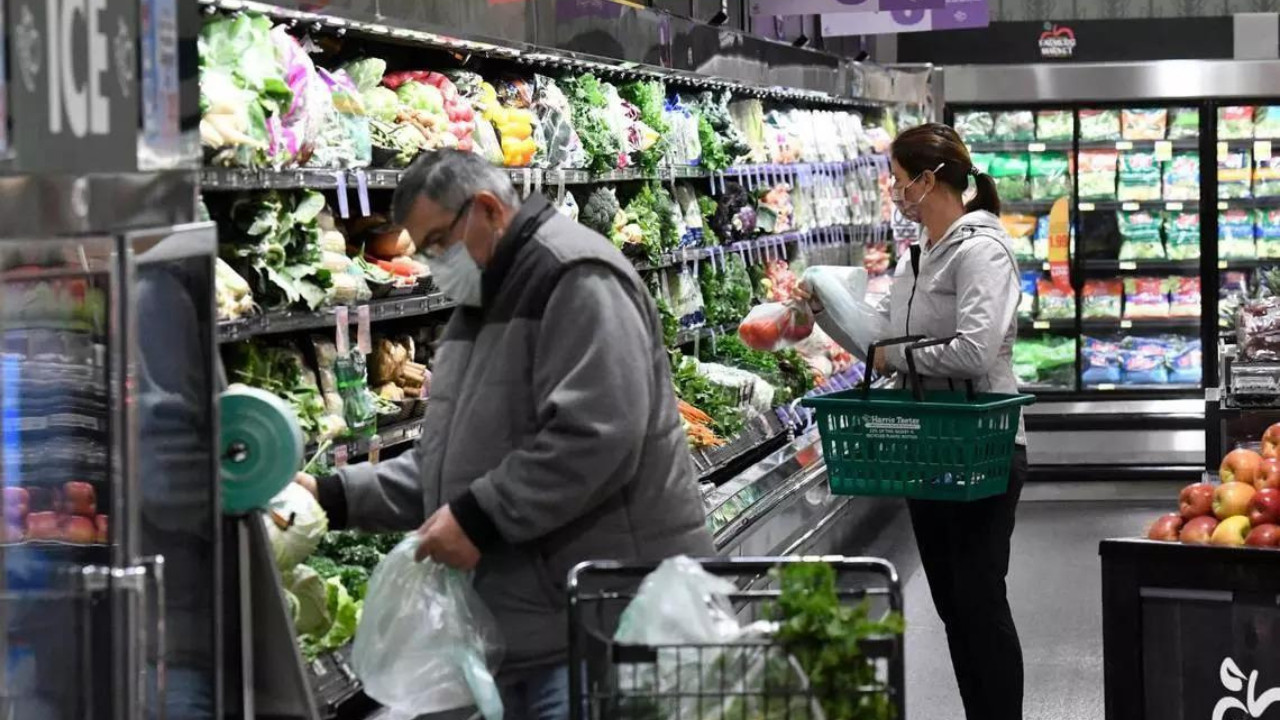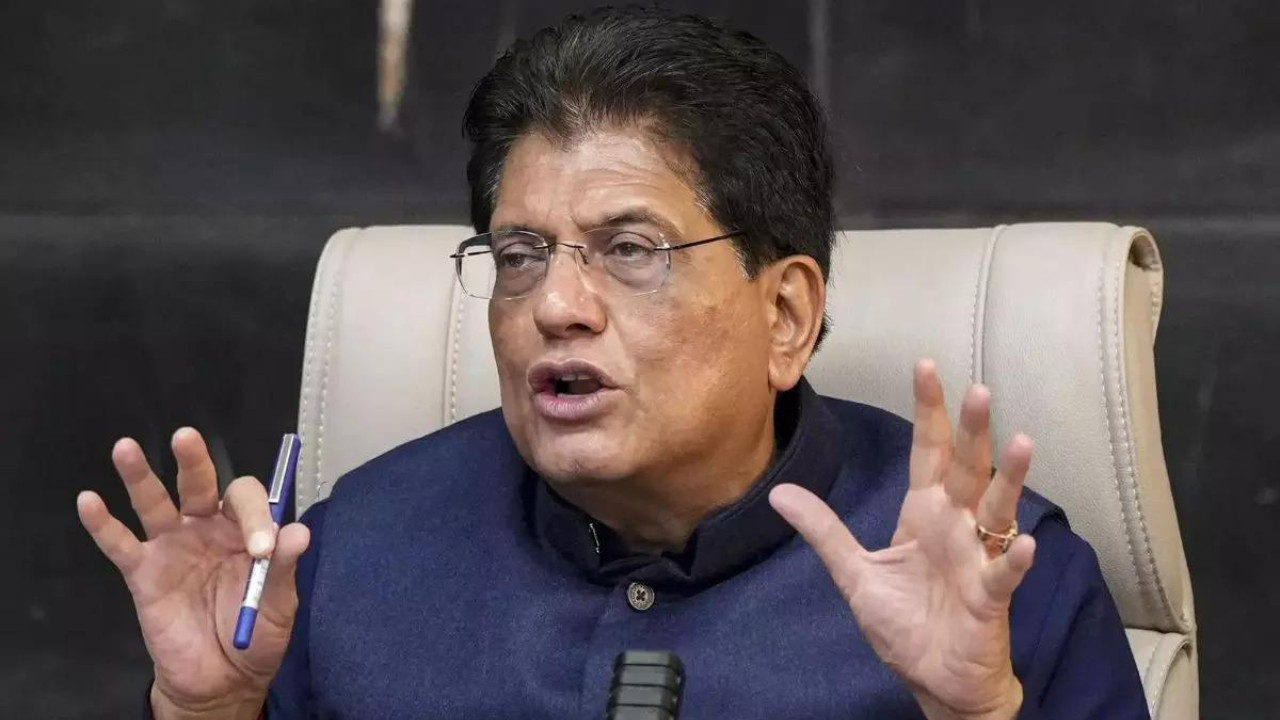Navigating the Festive Frenzy: Auto Industry Tackles Supply Chain Challenges
Diwali’s lights are twinkling, weddings are on the horizon, and the air is thick with the promise of new beginnings. For the Indian auto industry, this festive season isn’t just about celebration; it’s crunch time. The surge in demand for vehicles, from zippy scooters to family SUVs, is putting immense pressure on an already strained logistics network. The challenge? Getting those shiny new rides from the factory floor to eager customers waiting to hit the road.
Right now, auto manufacturers are facing a particularly bumpy ride. Bottlenecks across the supply chain are causing headaches and, potentially, delays for consumers. Picture this: a gleaming new car, ready to be delivered, sitting idle because the transporter trucks needed to move it are caught in a jam. Or crucial components held up at a port, unable to reach the assembly line in time. This is the reality many automakers are grappling with.
The Perfect Storm of Logistical Challenges
Several factors are conspiring to create this logistical gridlock. The festive season itself is a major culprit. The increased volume of goods being shipped across the country, from electronics to clothing, puts a strain on existing infrastructure. Think of it like trying to squeeze everyone onto the dance floor at a popular wedding – space gets tight!
Compounding the issue are persistent infrastructural limitations. Roads, railways, and ports often struggle to keep pace with the growing demands of a rapidly expanding economy. Then there’s the driver shortage, a long-standing problem that’s been exacerbated by various factors, including stringent regulations and the lure of other, potentially less demanding, professions.
And let’s not forget the ever-present spectre of geopolitical uncertainties. Global events can ripple through supply chains, causing disruptions to the flow of raw materials and components. This, in turn, can impact production schedules and delivery timelines.

Adapting to the New Reality: The Road Ahead for Auto Companies
So, what are auto companies doing to navigate these choppy waters? Many are taking a multi-pronged approach, focusing on optimizing their existing logistics networks and exploring alternative solutions. This includes:
* Strengthening Partnerships: Collaborating more closely with logistics providers to improve coordination and visibility across the supply chain. It’s about building stronger relationships and working together to find solutions.
* Embracing Technology: Leveraging technology to track shipments in real-time, optimize delivery routes, and predict potential disruptions. Imagine a control tower view of the entire logistics operation, allowing for proactive intervention when problems arise.
* Diversifying Transportation Modes: Exploring alternative transportation methods, such as railways and waterways, to reduce reliance on roadways. Shifting some of the burden to rail or water could alleviate congestion and improve efficiency.
* Investing in Infrastructure: While individual companies can’t solve national infrastructure challenges, some are investing in warehousing facilities and distribution centers to improve their own logistics capabilities.
The Customer is Key: Minimizing the Impact on Deliveries
Ultimately, the biggest concern for auto companies is ensuring that these logistical challenges don’t significantly impact their customers. Nobody wants to wait longer than expected for their new car, especially during the festive season.
Therefore, transparent communication is crucial. Automakers are working to keep customers informed about potential delays and manage expectations. Some are even offering incentives or compensation to customers who experience significant delays.
Long-Term Solutions for a Sustainable Future
Addressing the logistical woes of the auto industry requires more than just short-term fixes. It demands a long-term, strategic approach that involves collaboration between government, industry, and logistics providers. Investing in infrastructure development, streamlining regulations, and addressing the driver shortage are crucial steps toward creating a more efficient and resilient supply chain. Efficient logistics are not just about getting cars to customers faster; they’re also about reducing costs, minimizing environmental impact, and supporting the continued growth of the Indian auto industry. A robust and reliable transportation network is the backbone of a thriving economy, and ensuring its efficiency is paramount for the future of Indian manufacturing. The automotive sector’s proactive approach to problem-solving, despite these significant challenges, speaks volumes about its commitment to delivering customer satisfaction this festive season.
*
URL Slug: auto-industry-logistics-challenges







